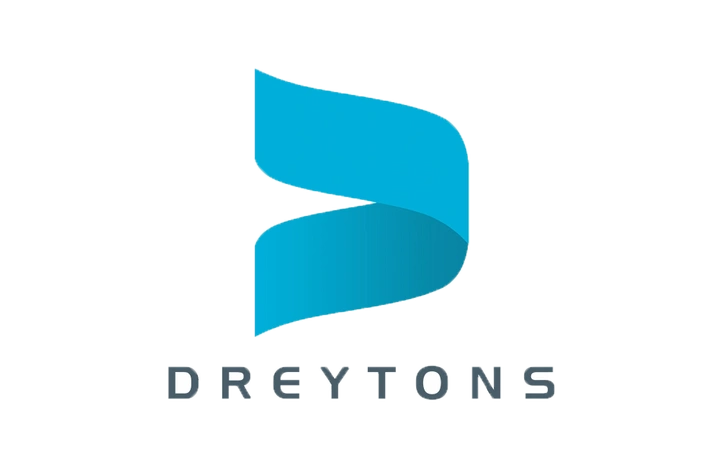It is possible to invest in property in many ways, including buying a house to live in, renting it out or using it as a furnished vacation home. Tax minimization can look very different for each option.
Buy-to-let property investments
There is generally no difference in tax treatment whether you own a single property or a large portfolio of properties through direct ownership. Taxes that affect buy-to-let properties include the following.
INCOME TAX
Rental income after most expenses will be taxed at your marginal rate. As income tax rates increase to 45 per cent, you should maximize your personal allowances and lower tax rates.
It is not possible to offset losses arising from rental properties against other income, but they must be carried forward and offset against future profits.
It is critical to have a good ownership structure. Property can be owned jointly or in partnership with other family members. As a result, income can be shared to minimize tax rates.
INTEREST RELIEF
Many expenses incurred by buy-to-let landlords in the course of letting their properties are tax deductible. As part of calculating your taxable profit, you can also deduct the cost of replacing furnishings, such as white goods.
Buy-to-let market relief has been restricted to the basic rate of Income Tax of 20% since 6 April 2017 as part of ongoing efforts to curb the buy-to-let market. With the full interest restriction taking effect on 6 April 2020, the restriction was phased in over a four-year period.
Furnished holiday rentals will not be affected by these changes. Finance costs will be allowed in full where the property is owned by a company rather than an individual.
CAPITAL GAINS TAX
Capital Gains Tax (CGT) is usually charged at 18 or 28 per cent on the sale of a residential investment property. A reduction in CGT rates on asset sales was made to 10 or 20 per cent, but these rates do not apply to residential properties. The annual exemption for 2020/21 is £12,300 per person.
Making the property a business asset can qualify for Business Asset Disposal Relief (formerly known as Entrepreneurs’ Relief) which lowers the capital gain tax rate to 10%. It usually applies only to furnished holiday rentals, or to portfolios that are very large. You must demonstrate to HMRC that you are genuinely running a trading business rather than simply collecting rent.
Capital gains on residential property are now required to be reported within 30 days of the sale closing following updated rules implemented on 6 April 2020.
INHERITANCE TAX
There are limited inheritance tax (IHT) reliefs on an investment property. Tax burdens can be reduced, however, by following some simple steps. The rate of IHT on your estate assets over and above the £325,000 nil rate band is 40%. Inflation and property prices have not kept up with this band, so many people find themselves with hefty death tax bills.
From April 2017, a revised nil rate band of £175,000 was phased in. A direct descendant can inherit your main residence if the property has been your primary residence at some point.
Minimizing the value of your estate is one way to reduce IHT. This requires not only gifting the capital asset but also the right to any income generated. If you survive seven years after making a gift of property, it will fall out of your estate for IHT purposes. Rates can be reduced after four years.
Donors can incur CGT charges on gifts other than those between spouses and civil partners.
Landlord tax on furnished holiday lets
Furnished holiday rentals can be treated as business assets and qualify for some tax benefits. Qualification is based on specific criteria. Essentially, they must be rented on a commercial basis, for example:
- Available for letting for at least 210 days of the year
- Actually let for at least 105 days
Continuous periods of over 31 days are excluded.
INCOME TAX
In recent years, furnished holiday rentals have lost most of their Income Tax benefits, and are now subject to income tax in the same way as other rentals.
CAPITAL GAINS TAX AND INHERITANCE TAX
When the furnished holiday let conditions are met, significant CGT and IHT savings can be made. Any capital gains on the sale of the property could qualify for Business Asset Disposal Relief (formerly Entrepreneurs’ Relief), which would reduce capital gains tax to 10 per cent rather than 28 per cent.
Qualifying as a business asset also has benefits for IHT. There is a possibility that business assets will qualify for 100 per cent Business Relief (formerly known as Business Property Relief or BPR), which means they won’t be subject to IHT. Also, these assets can be gifted to future generations without being subject to IHT if they are put into a discretionary trust.
In this case, the income could be used to pay grandchildren’s school fees in a tax-efficient manner. If the transfer generates a CGT charge, the gain can be held over until the eventual sale.
Currently, holiday letting businesses have a difficult time qualifying for Business Relief. To establish whether a genuine business is being run, HMRC is paying closer attention to the services that are provided. Several cases have been lost in court. The more additional facilities and services that can be provided, over and above those expected of a landlord, the better the chances of a successful claim.
Ownership structure of your property investments
Tax liability can be mitigated by structuring ownership of your property investments in a number of ways. Among them are:
- Direct ownership
- Joint venture
- Partnership
- Limited company.
Partnerships, joint ventures and direct ownership have similar tax positions. You pay capital gains tax on the sale of your investment and profits at your marginal rate in each case. Partnering offers the benefit of utilizing the personal allowances and lower rate bands of all partners, whether they are family members or not.
LIMITED COMPANIES
As corporation tax is currently 19%, holding property within a limited company can reduce taxes. Whether this is beneficial depends largely on whether the income must then be withdrawn from the company. This would likely result in a double tax charge, removing the savings.
In the same way, as in partnerships, it is possible to include lower-earning family members as shareholders. A family investment company is a common term used to describe these arrangements. Dividend allowances and lower tax bands for shareholders can be used to maximize profits if their shareholdings are structured correctly.
Often, this can help families pay for university fees or purchase a first home for a young adult child. In addition, the value of property or capital invested in the company can be passed to other family members when they become shareholders.
When properties are sold, a double tax charge can also occur since the gain is charged within the company. In addition, tax may be due on the distribution to shareholders. When tax rates are higher or a sale is imminent, this type of structure may not be ideal.
In most cases, company ownership can be advantageous since all profits do not need to be extracted. The tax efficiency of property ownership can be extremely high if profits and gains are retained for investment or for future generations.




